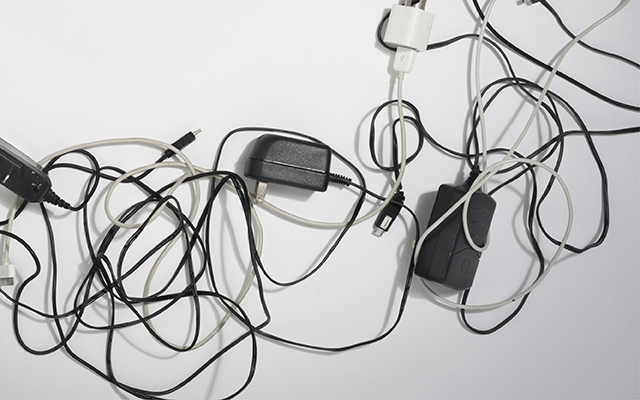I’m not what you would call an early adopter when it comes to technology. When I went to work for the local alternative weekly 30 years ago, I brought my manual typewriter with me, because I didn’t trust the first-generation word processors to save my stories. So, when I finally broke down and traded in my old cellphone for a smartphone last summer, I figured I might’ve been one of the last people on earth without one. These phones are expensive, for one thing, and I had a little trouble justifying the upgrade, since my old phone did everything I thought I needed it to do — like make and receive telephone calls.
Then there’s the whole logical-progression-of-technology thing. A wise former colleague of mine once pointed out, rather accurately I would say, that certain digital advancements — email and texting — really should’ve arrived prior to the telephone, since dialing up a friend and actually speaking to her is far more technologically advanced than typing out a message with your thumbs.
But now I see that there may be some real health advantages that come along with smartphone use. A team of researchers at the University of Zurich has found that any tapping I manage to do on my phone’s touchscreen is actually good for my aging brain.
It’s all about brain plasticity, how the command center in our noggin becomes more agile the more we force it to learn new stuff. As lead researcher Arko Ghosh puts it in a recent issue of Current Biology, smartphone use is particularly effective at blazing new neural pathways: “I was really surprised by the scale of the changes introduced by the use of smartphones.”
Ghosh and his colleagues used electroencephalography (EEG) to measure brain activity when smartphone users tapped their screens with their thumbs, index and middle fingers and then compared it with the brain activity of old-school cellphone users.
Here’s what they found:
“. . . the electrical activity in the brains of smartphone users was enhanced when all three fingertips were touched. In fact, the amount of activity in the cortex of the brain associated with the thumb and index fingertips was directly proportional to the intensity of phone use, as quantified by built-in battery logs. The thumb tip was even sensitive to day-to-day fluctuations: the shorter the time elapsed from an episode of intense phone use . . . the larger was the cortical potential associated with it.”
In other words, the more time you spend on your smartphone, the more you’ll improve the connection between your brain and your hand — and, one would hope, the less likely your brain will turn to mush in your later years.
“We propose that corticol sensory processing in the contemporary brain is continuously shaped by personal digital technology,” Ghosh argues.
That’s kind of a scary thought for a lot of late-adapting geezers like myself. I’ll never be the kind of guy who plays video games on his phone, but I’ve been known to send a text or two every so often, and I can reply to emails when necessary. So maybe there’s hope for my old brain yet. If not, I may have to take up Soduko.



This Post Has 0 Comments